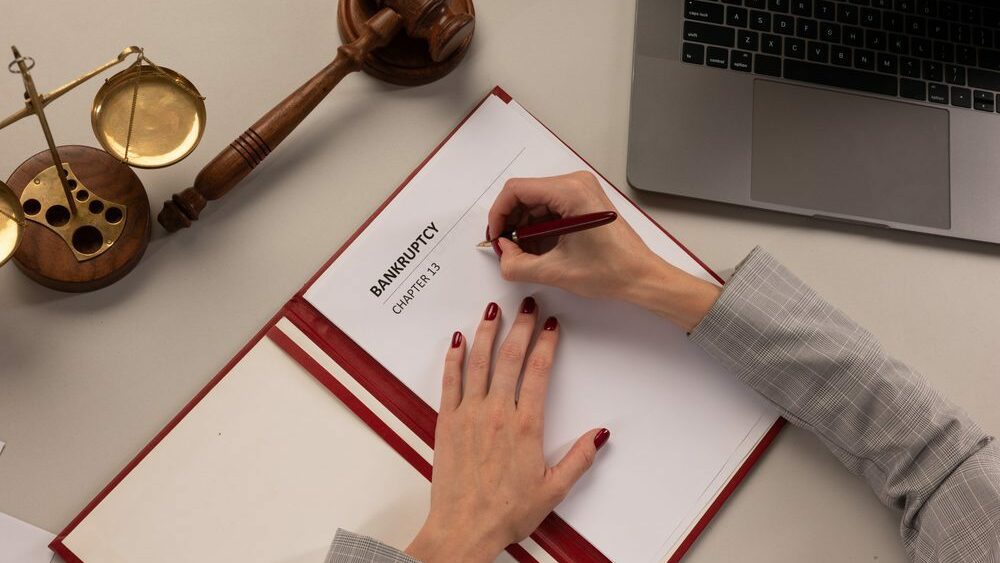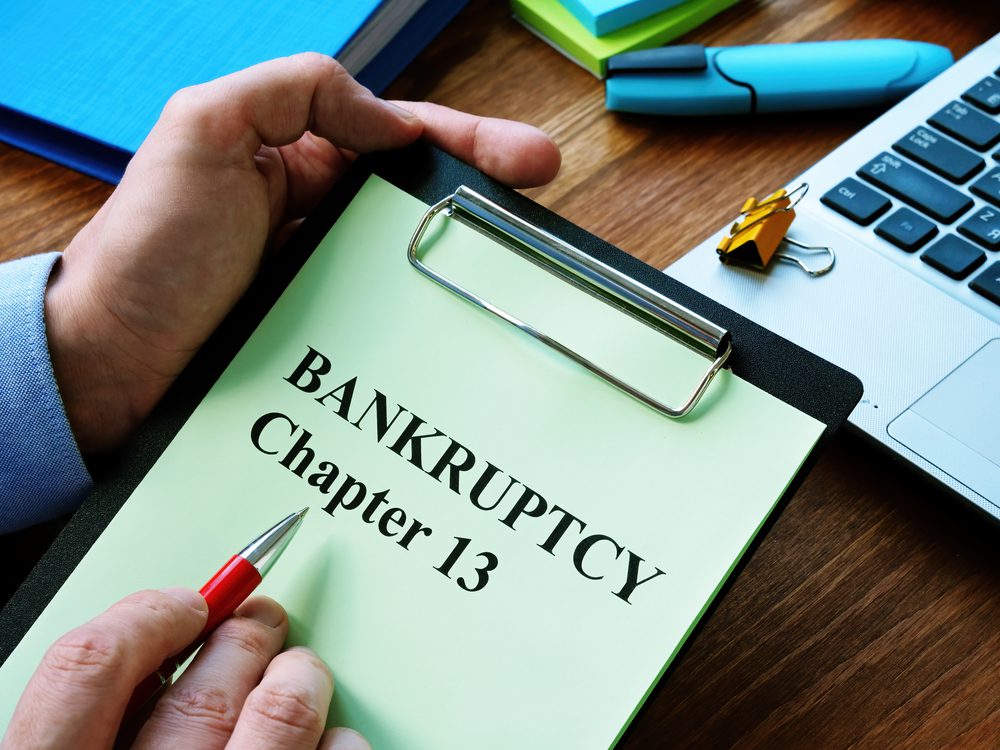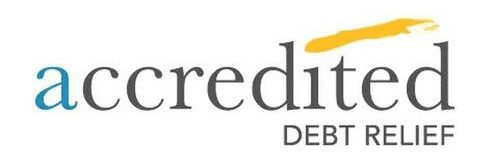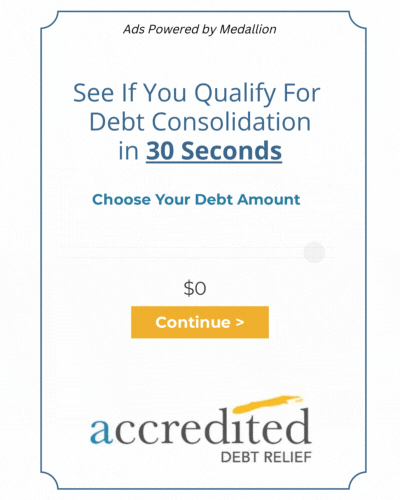What Is Chapter 13?
According to the Administrative Office of the U.S. Courts, Chapter 13 bankruptcy is the second most frequently used type of bankruptcy. In 2021, approximately 30% of the 399,269 individuals who filed for bankruptcy did so under Chapter 13 of the federal bankruptcy code. Chapter 13 bankruptcy is also known as the “wage earner’s plan” in the U.S. Courts and is designed for people with a steady income who are unable to handle or settle their entire debt.
In accordance with Chapter 13, the individual who owes money is provided assistance in creating a payment plan that allows them to pay off their debts in portions within a span of three to five years. During this duration, creditors are prohibited from engaging in any collection activities. Compared to Chapter 7 bankruptcy where the debtor does not pay back their debts, Chapter 13 bankruptcy is viewed more positively. Nevertheless, it will still be recorded on your credit report for a period of seven years starting from the date of filing.
Takeaways
- As a component of Chapter 13’s financial restructuring, the debtor is obligated to present and adhere to a repayment scheme that satisfies all outstanding creditors within a period of three to five years.
- In a Chapter 13 bankruptcy, individuals who earn wages, also referred to as a “wage earner’s plan,” make regular monthly payments to an unbiased trustee as per a predetermined agreement.
- The bankruptcy laws have been modified under the CARES Act to provide easier access to businesses and individuals who have suffered financial hardship due to the COVID-19 pandemic.
Pros and cons of Chapter 13 bankruptcy

Chapter 13 bankruptcy is a type of debt relief program that allows individuals to restructure their debts and create a repayment plan. One of the advantages of Chapter 13 bankruptcy is that it allows individuals to keep their property, such as their home or car, while they work to pay off their debts over a period of three to five years.
Additionally, Chapter 13 bankruptcy may help individuals to consolidate their debts and reduce their monthly payments, making it easier to manage their finances. However, one disadvantage of Chapter 13 bankruptcy is that it can have a negative impact on an individual’s credit score, making it more difficult to obtain credit in the future. Additionally, the repayment plan may require individuals to make significant sacrifices in order to meet their obligations, such as living on a strict budget or delaying major purchases.
Understanding Chapter 13
Under Chapter 13 bankruptcy, individuals who owe money must make a record of their creditors and the corresponding debts, asset ownership, income sources, and amounts, as well as a comprehensive list of their monthly expenses.
Under Chapter 13 protection, a debtor will pay a predetermined monthly sum to a neutral bankruptcy trustee. This will effectively combine all of their debts into one monthly payment, which the trustee will then allocate to the debtor’s creditors. The debtor will not have any direct communication with their creditors.
Chapter 13 can only be utilized by individuals whose debts fall under specific thresholds, which currently stand at $419,275 for unsecured debt and $1,257,850 for secured debt as of February 2019. These limits are revised every three years. Additionally, individuals who wish to qualify for Chapter 13 must have undergone credit counseling.
Chapter 13 vs. Chapter 7
The most frequently used type of bankruptcy, Chapter 7, permits individuals to eliminate their debt and begin anew. However, it frequently necessitates that those who file must relinquish their homes. In contrast, initiating a Chapter 13 bankruptcy stops any ongoing home foreclosure proceedings.
Chapter 13 vs. Chapter 11
Chapter 11 bankruptcy is a method of debt restructuring and repayment over a period of time. It is utilized by individuals, couples, and businesses, but it is most commonly filed by businesses due to its complexity and high cost.
Chapter 13 provides individuals who earn a higher income than the eligibility threshold for Chapter 7 with a simpler option compared to Chapter 11. Furthermore, filing for Chapter 13 bankruptcy could safeguard co-signers of the debtor’s loans from bearing the liability for them.
How do you file for Chapter 13 bankruptcy?

Before making a decision about bankruptcy, it is advisable to have free initial consultations with a credit counselor from a nonprofit credit counseling agency and a bankruptcy attorney. These meetings will provide insight into your situation and assist in determining if filing for bankruptcy is the most suitable option for resolving your financial difficulties.
During Chapter 13 bankruptcy, you and your lawyer will collaborate to demonstrate that you qualify for a debt restructuring plan to a trustee in charge of the bankruptcy process. A plan to repay both secured and unsecured debts partially or fully will be approved by the court, and you will keep your assets while making payments over a period of three to five years. At the end of the repayment period, some debts may be forgiven.
Qualifications
Only individuals, not corporations, LLCs, stockbrokers, or commodity brokers, are eligible to file for Chapter 13 bankruptcy, even if their debts are personal.
People are required to prove their ability to pay on a monthly basis by revealing their sources of income and submitting the information to the court within two weeks of filing a petition. Various sources of income, such as pension income, Social Security payments, unemployment compensation, royalties, rent, and proceeds from selling a property, can be utilized.
After examining the debt and income records, the trustee will arrange a meeting to determine the plan’s acceptability. Upon completion of the payments, the Chapter 13 case will be discharged, which usually takes between three and five years.
Final Thoughts
For individuals who are struggling with severe debts and are concerned about losing their homes due to bankruptcy, Chapter 13 can be a beneficial option. By following the repayment plan, you can attain a fresh start and improve your financial situation.
While unsecured debts will be eliminated, there is a possibility that mortgages and car payments may remain. It is important that you have acquired the necessary habits to fulfill these responsibilities.
FAQs

What is Chapter 13 bankruptcy?
Chapter 13 bankruptcy is a type of bankruptcy that allows individuals with regular income to reorganize their debts and develop a repayment plan over a period of three to five years.
Who is eligible for Chapter 13 bankruptcy?
To be eligible for Chapter 13 bankruptcy, an individual must have a regular source of income and unsecured debts of less than $419,275 and secured debts of less than $1,257,850.
How does the repayment plan work in Chapter 13 bankruptcy?
The repayment plan in Chapter 13 bankruptcy is a court-approved plan that outlines how the individual will repay their debts over a period of three to five years. The plan takes into account the individual’s income, expenses, and debts.
Can secured debts be included in the repayment plan in Chapter 13 bankruptcy?
Yes, secured debts can be included in the repayment plan in Chapter 13 bankruptcy. The individual must continue to make regular payments on the secured debt during the repayment plan.
Can Chapter 13 bankruptcy stop foreclosure?
Yes, Chapter 13 bankruptcy can stop foreclosure. The repayment plan may allow the individual to catch up on missed mortgage payments and keep their home.
Can Chapter 13 bankruptcy stop wage garnishment?
Yes, Chapter 13 bankruptcy can stop wage garnishment. The repayment plan may allow the individual to pay off the debt that is being garnished over a period of time.
Will filing for Chapter 13 bankruptcy affect my credit score?
Yes, filing for Chapter 13 bankruptcy will affect your credit score. However, the impact may not be as severe as it would be with a Chapter 7 bankruptcy filing.
How long will Chapter 13 bankruptcy stay on my credit report?
Chapter 13 bankruptcy will stay on your credit report for seven years from the date of filing.
Can I file for Chapter 13 bankruptcy if I have filed for bankruptcy before?
Yes, you can file for Chapter 13 bankruptcy if you have filed for bankruptcy before. However, there are certain time limits and restrictions on how often you can file for bankruptcy.
Can I keep my assets in Chapter 13 bankruptcy?
Yes, in most cases, you can keep your assets in Chapter 13 bankruptcy. The repayment plan will take into account your assets and may require you to pay a portion of their value to your creditors over time.
Glossary
- Bankruptcy: A legal process where an individual or business declares themselves unable to pay their debts.
- Chapter 13 bankruptcy: A form of bankruptcy that involves a repayment plan to creditors over three to five years.
- Trustee: A court-appointed individual who oversees the Chapter 13 bankruptcy case.
- Debtor: The individual or business filing for bankruptcy.
- Creditor: A company or individual that is owed money by the debtor.
- Priority debts: Debts that must be paid in full during the Chapter 13 repayment plan, such as taxes and child support.
- Secured debts: Debts where the creditor holds collateral, such as a mortgage or car loan.
- Unsecured debts: Debts where the creditor does not hold collateral, such as credit card or medical bills.
- Disposable income: The amount of money left over after necessary expenses are paid each month, which is used to repay creditors in a Chapter 13 plan.
- Automatic stay: A court order that stops creditors from attempting to collect debts during the bankruptcy process.
- Plan confirmation: The court’s approval of the Chapter 13 repayment plan.
- Plan modification: A change to the Chapter 13 repayment plan, which may be requested by the debtor or creditor.
- Discharge: The court’s official release of the debtor from their debts after the Chapter 13 repayment plan is completed.
- Reaffirmation agreement: An agreement between the debtor and creditor to continue paying a debt outside of the bankruptcy process.
- Exemptions: Property or assets that the debtor is allowed to keep during the bankruptcy process.
- Means test: A calculation used to determine the debtor’s eligibility for Chapter 13 bankruptcy.
- Credit counseling: A requirement for individuals filing for bankruptcy to receive education on personal finance and debt management.
- Debtor education: A requirement for individuals filing for bankruptcy to receive education on financial management after the bankruptcy process.
- Bankruptcy petition: The official document filed with the court to initiate the bankruptcy process.
- Bankruptcy court: The federal court system responsible for handling bankruptcy cases.










